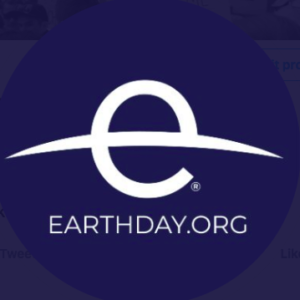Climate Action
A Big Month for Some Big Oceans
October 3, 2016
This month has been a big month for the oceans, both in the United States and abroad. Such a big month, in fact, that the recent achievements mentioned here will barely scratch the surface of what has been accomplished globally. Among headlines such as “the oceans will have more plastic than fish by 2050,” there often isn’t much good news about the state of our oceans. So yes, let’s take this opportunity to celebrate, but not because we’re winning the battle, because this last month has been representative of the kind of momentum we need going forward.
What has been accomplished?
President Obama quadrupled the size of the Papahānaumokuākea Marine National Monument in Hawaii, making it the world’s largest marine protected area. The monument is now greater in size than all of our country’s National Parks combined. Among the environmental and cultural benefits associated with the decision, thousands of marine species living in the area, which include whales and sea turtles listed under the Endangered Species Act, will benefit from expanded protection.
This announcement helped set the stage for the discussion of oceans at the IUCN World Conservation Congress in Honolulu the following week. That meeting, which was the largest environmental conference ever held in the United States, passed a controversial motion which called for governments to aim to set aside 30% of their national waters as marine protected areas by 2030. Governments such as China and Japan opposed the motion and spoke up against it before the vote, but that wasn’t enough to stop the tide of desire to protect our oceans.
A final batch of good news came during the Our Oceans Conference, which was held in Washington, DC, shortly after the World Conservation Congress. Two of the numerous commitments included President Obama announcing the designation of the Northeast Canyons and Seamounts Marine National Monument in the Atlantic and a commitment of $48 million made by a small group of funders to expand and improve marine protected area coverage across the world’s oceans.
What Next?
President Obama has now expanded the country’s protected ocean habitat by 20 times. This leaves the U.S. with more than 30% of its territorial waters protected in some way. We still have a ways to go before that same percentage gains full legal protection, but steps are being taken in the right direction and there is reason to believe this international progress will continue.
Orion Cruz, Deputy Director of Forest and Climate Policy
